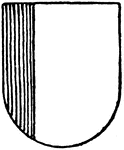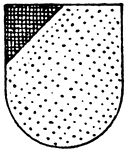Clipart tagged: ‘dexter’
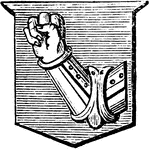
Arm with Fist Clenched
"Azure, a dexter arm vambraced couped, the fist clenched proper. CLENCHED. The fingers pressed towards…
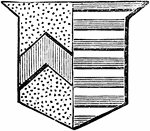
Baron and Femme
"Parted per pale, baron and femme, two coats; first, or, a chevron gules; second, barry of twelve pieces,…
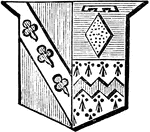
Baron and Femme
"Parted per pale, baron and femme, three coats;—first, gules, on a bend (argent), three trefoils…
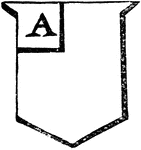
Canton Ordinary
"The canton is a square part of the escutcheon, usually occupying about one-eighth of the field; it…
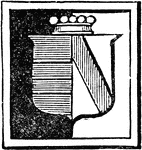
Escutcheon
"ESCUTCHEON. This word is sometimes used to express the whole coat of arms, sometimes only the field…
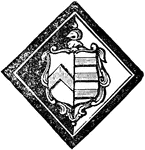
Funeral Atchievement
"The black is left on the dexter side, showing that the husband is deceased, and that his wife survives…
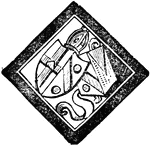
Funeral Atchievement
"The shield on the dexter side of the hatchment is parted per pale; first, the arms of the bishopric;…
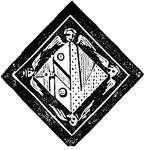
Funeral Atchievement
This image shows "the hatchment of the widow of a bishop; ... here the lozenge-shaped shield is parted…

Gyron Ordinary
"The gyron is a triangular figure formed by drawing a line from the dexter angle of the chief of the…

Gyrony Ordinary
"Gyrony of eight pieces, argent and gules. The field is said to be gyrony when it is covered with gyrons."…
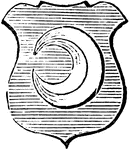
Increscent
"Azure, a moon increscent argent. INCRESCENT. The new moon, with her horns turned towards the dexter…
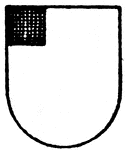
Argent Ordinary
The Argent Ordinary has a canton (corner) sable (black) on the dexter side (right side).
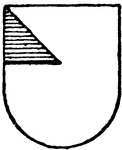
Argent Ordinary
The Argent Ordinary is a gyron design in an azure (blue) color, moving from the dexter (right) side.
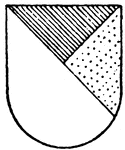
Per Bend Ordinary
The Per Bend Ordinary has the dexter half in argent (silver), and the sinister (left side) per bend…
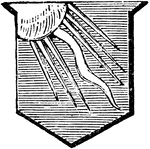
Ray of Sun
"Azure, a ray of the sun issuing out of the dexter corner of the escutcheon. The lines on each side…
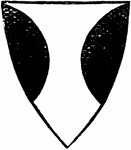
Flanch Shield
"The Flanch is formed of a segment of a circle placed on the side of the shield. It is always borne…
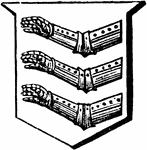
Vambraced
"Argent, three dexter arms, vambraced, couped. VAMBRACED. Armour for the arms." -Hall, 1862
